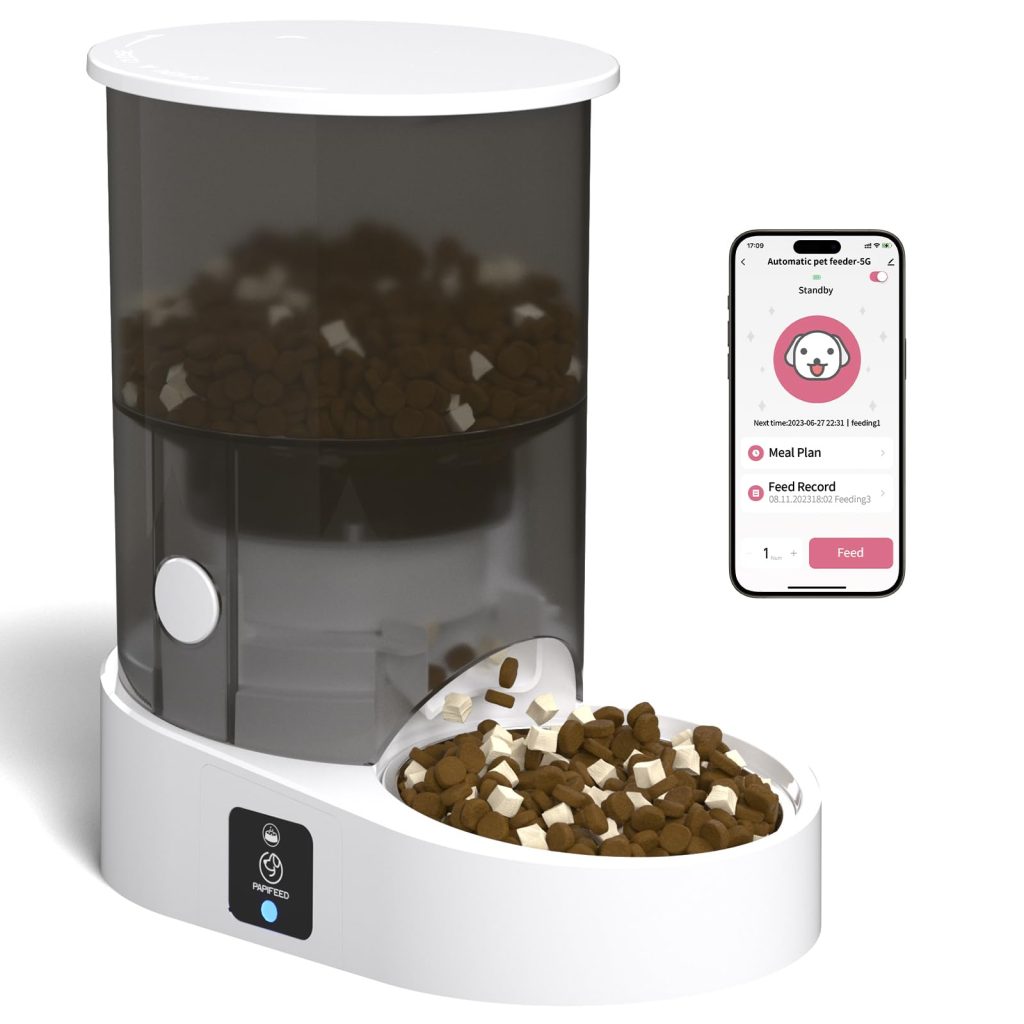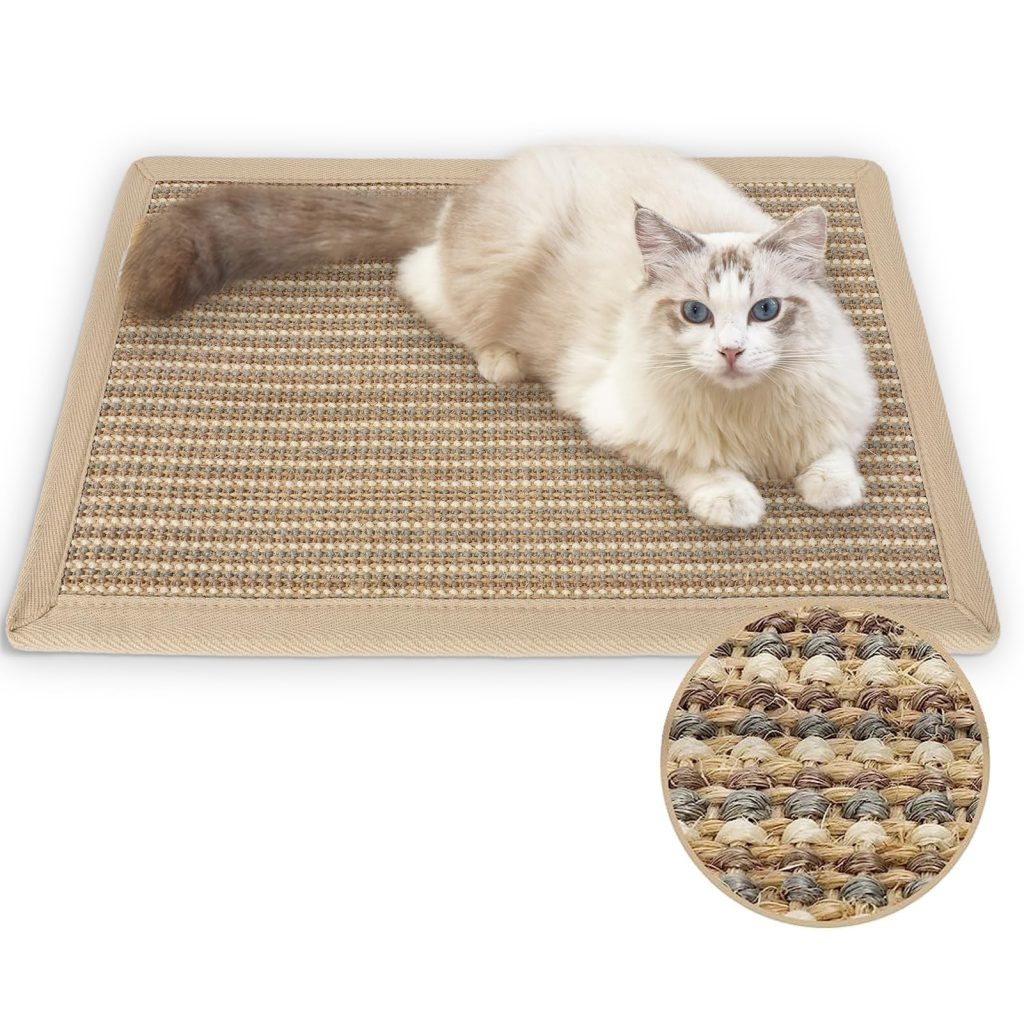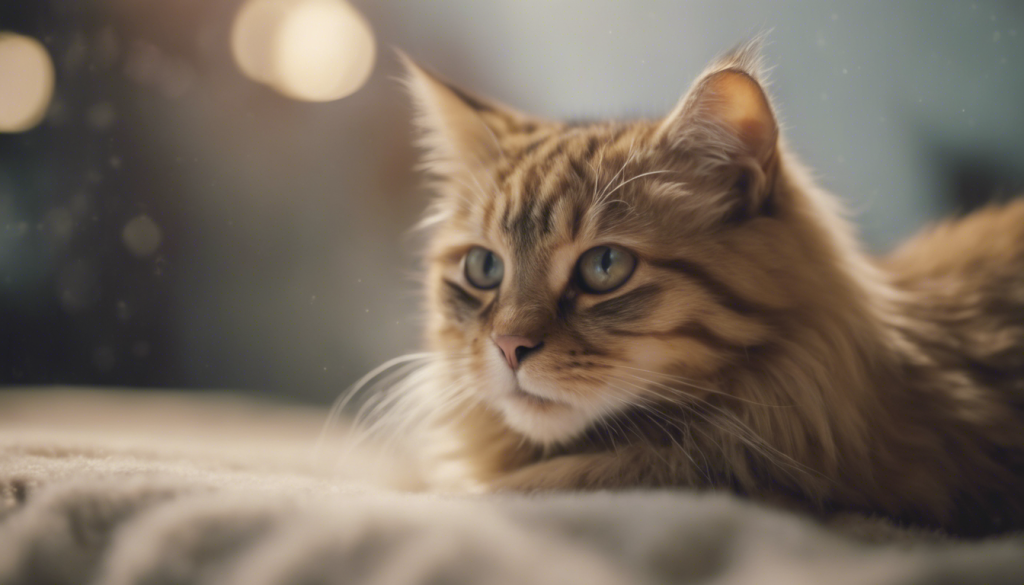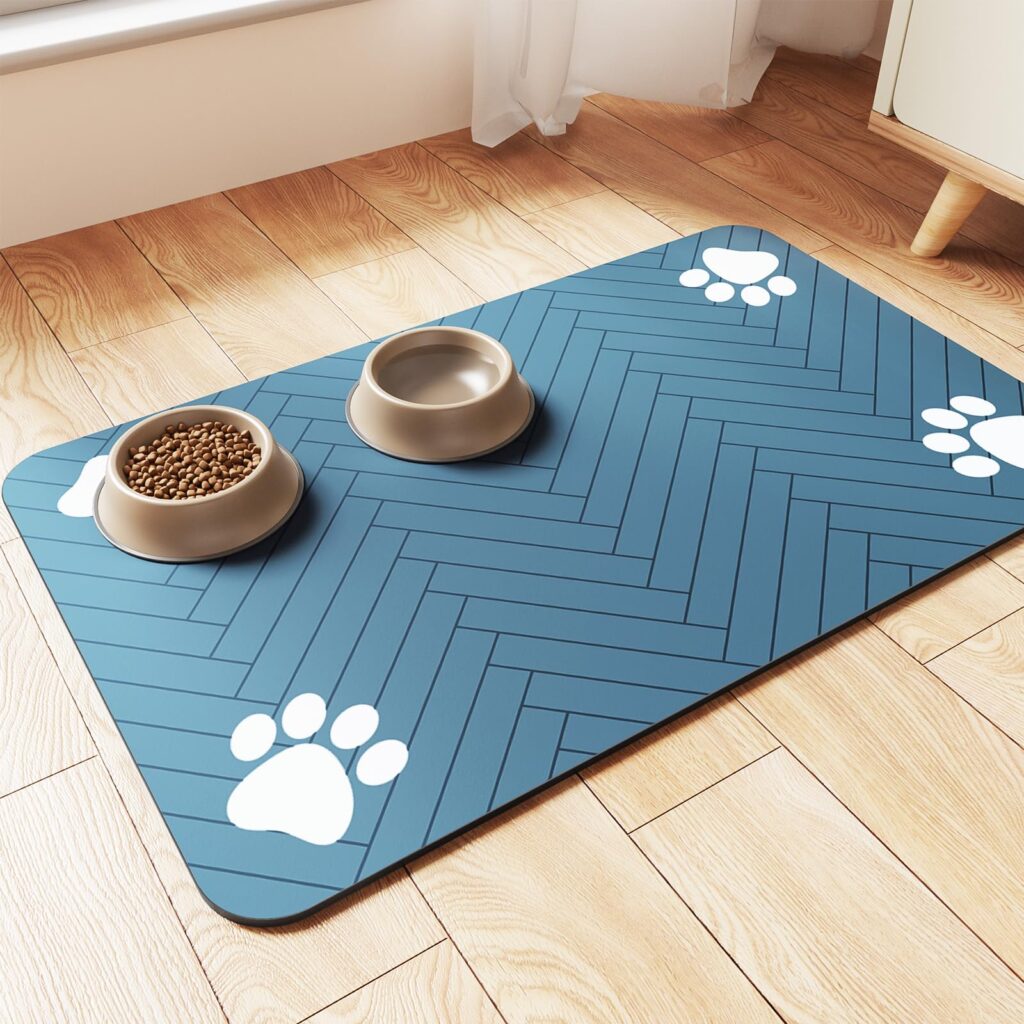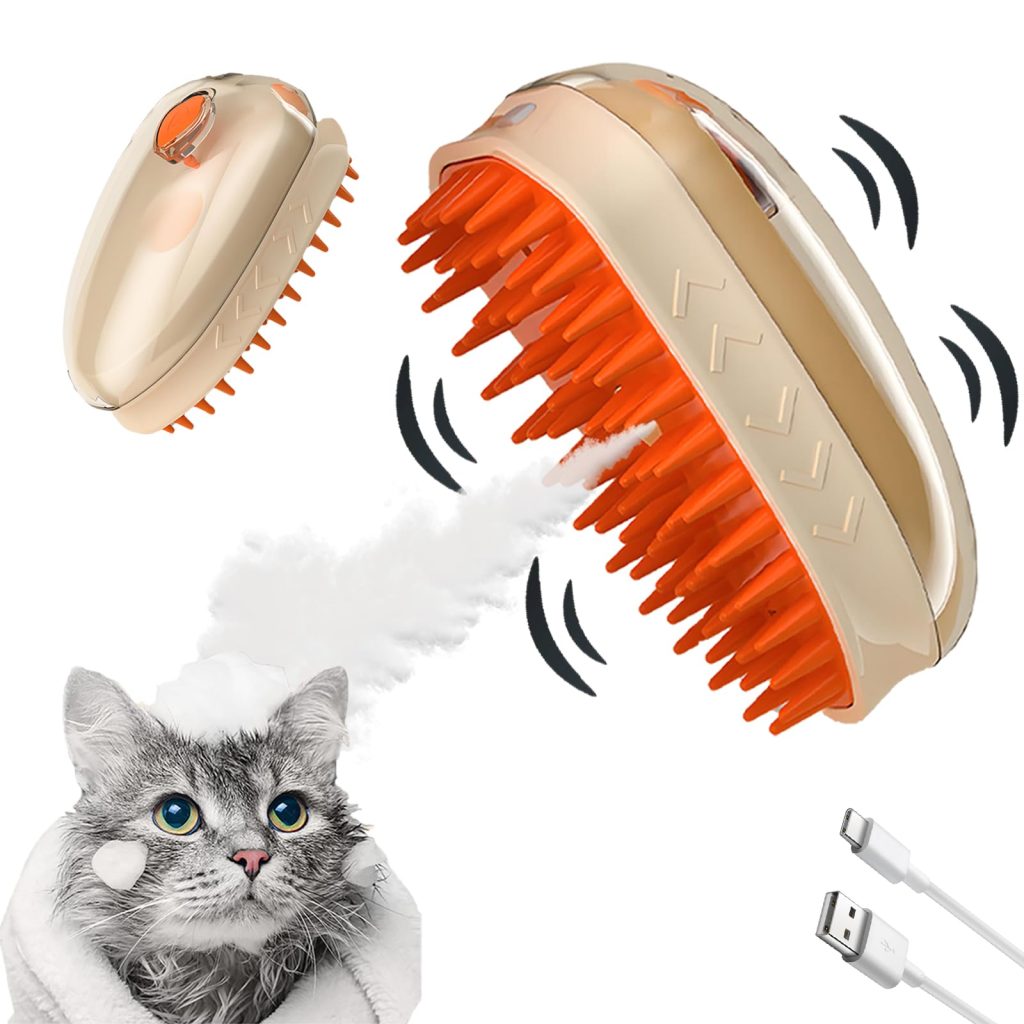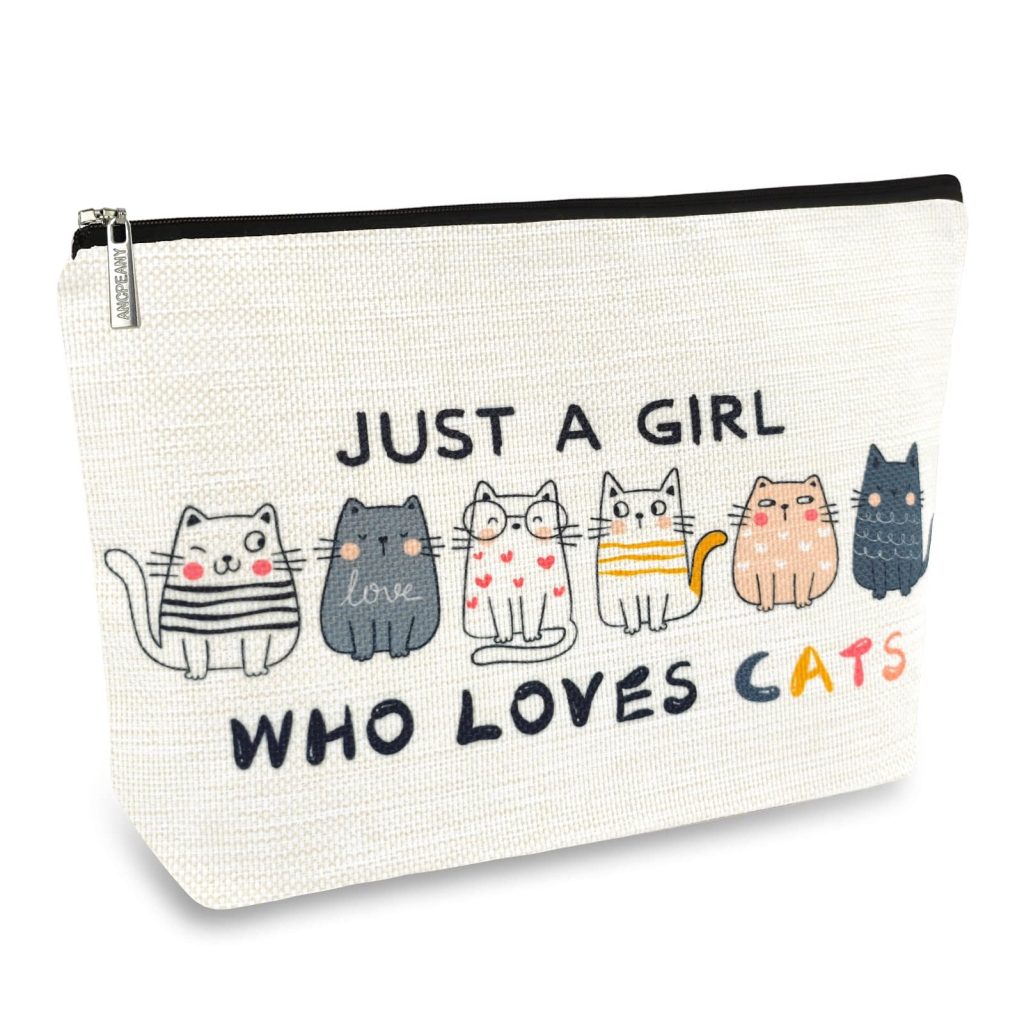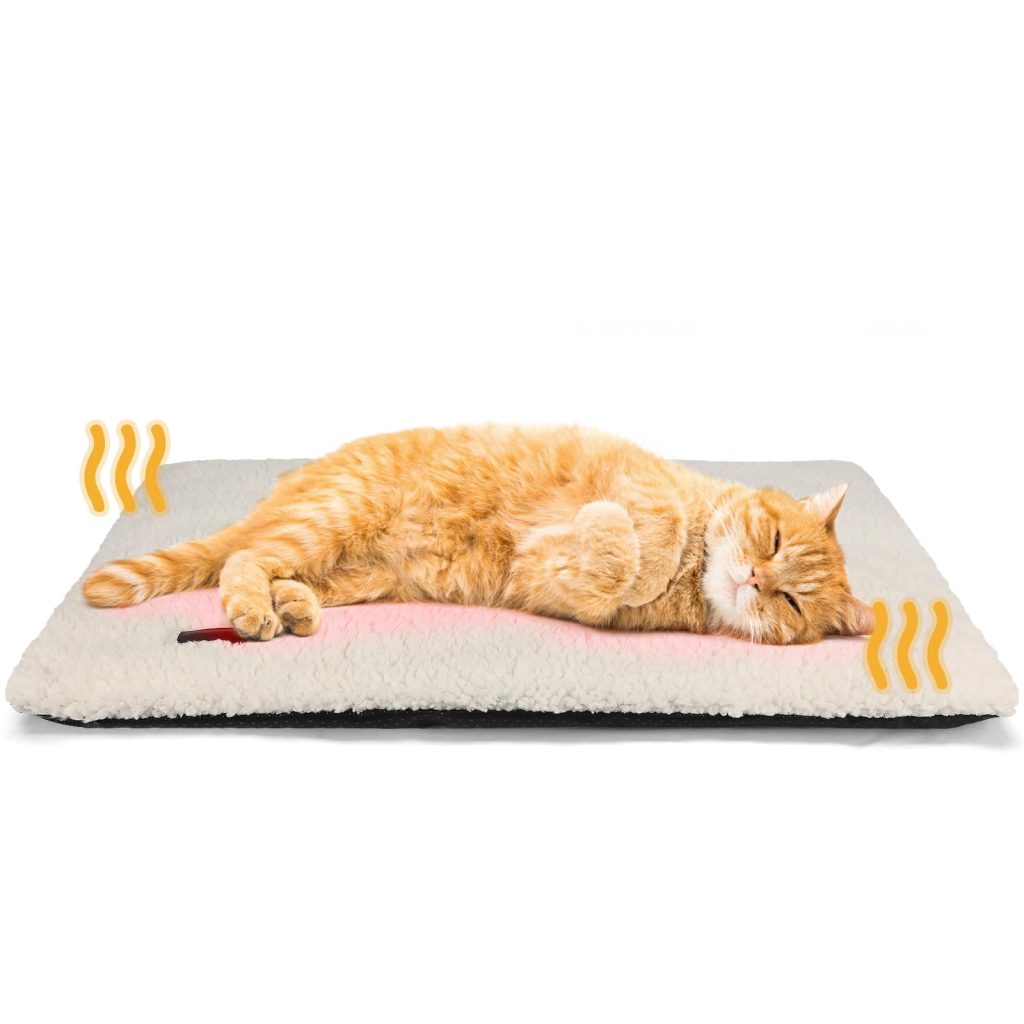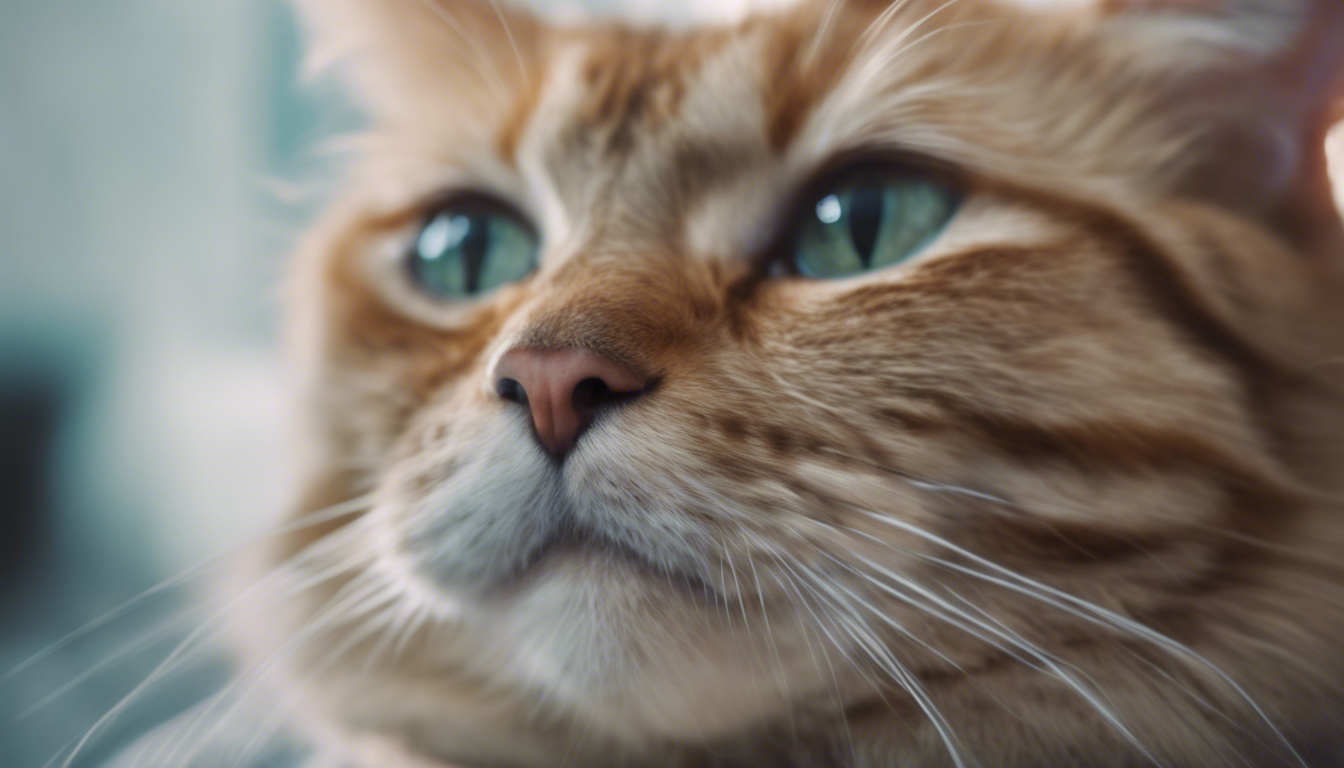
Understanding Feline Hypertension: Definition and Prevalence
Feline Hypertension, commonly known as high blood pressure in cats, is a condition that often goes unnoticed but can have serious implications for your furry friend’s health. It’s when a cat’s blood pressure is consistently higher than normal. This can lead to damage in various organs and can cause severe health problems such as heart disease, blindness, and kidney failure.
The prevalence of Hypertension in cats is quite high, especially in older felines. Studies have shown that around 20% of cats over the age of seven may suffer from high blood pressure. It is important for cat owners to understand the significance of this condition and its potential impact on their pet’s well-being.
Moreover, feline Hypertension is often linked with other health issues such as kidney disease or hyperthyroidism, which can exacerbate the problem. Understanding this condition is the first step towards ensuring your cat lives a healthy and happy life. So let’s dive deeper into recognizing the signs and managing this silent threat to our whiskered companions.
Identifying the Causes of High Blood Pressure in Cats
When it comes to high blood pressure in cats, it’s important to know what could be causing it. One of the main culprits is chronic kidney disease, which can affect your cat’s ability to regulate blood pressure. Another common cause is hyperthyroidism; that is when your cat’s thyroid gland is a little too enthusiastic and produces an excess of thyroid hormone, leading to an increase in blood pressure.
But it doesn’t stop there! Age-related changes can also cause high blood pressure in cats. Just like humans, as cats get older, their blood vessels may become stiffer which can make it harder for their hearts to pump blood efficiently, leading to increased blood pressure. Additionally, obesity in cats can play a role as well, since extra weight can put added stress on the heart and blood vessels.
It is also possible for certain medications to raise your kitty’s blood pressure as a side effect. Steroids or medications that contain pseudoephedrine, for example, can contribute to hypertension. That’s why it’s important to talk to your vet about potential side effects if your cat is on any medication.
Keep in mind, sometimes the cause of high blood pressure isn’t clear at all – that’s called idiopathic hypertension and it means that even after a full examination and testing, your vet can’t pinpoint a specific reason for the increase in blood pressure. Nonetheless, identifying the causes of high blood pressure is imperative, as it helps guide effective treatment and maintenance plans for your cat’s long-term health.
So the next time you’re cuddling with your feline friend, remember that keeping an eye on their general health, weight and staying informed about their medical history can go a long way in preventing potential causes of high blood pressure. It isn’t just about keeping them purring today, but ensuring they’re by your side for years to come.
Treatment and Management Options for Hypertensive Cats
If your cat has been diagnosed with high blood pressure, fret not; there are various treatment and management options available to help your furry companion lead a comfortable and healthy life. The first step towards managing hypertension in cats is often medication. Your vet may prescribe drugs such as amlodipine or atenolol, which work by relaxing the blood vessels and reducing the workload on the heart.
Along with medication, it’s important to address any underlying conditions that may be contributing to your cat’s high blood pressure. This might mean treating chronic kidney disease or hyperthyroidism with the appropriate medications or dietary changes. A balanced diet plays a important role in managing hypertension. Feeding your cat the right kind of food, rich in essential nutrients and low in sodium, can help control blood pressure levels. Always consult with your vet for a diet that suits your cat’s specific health needs.
Regular check-ups are vital when it comes to monitoring your cat’s blood pressure. Your vet may want to see your furry friend frequently at first to make sure the treatment is working and to adjust dosages if necessary. As the condition stabilizes, the check-ups might become less frequent, but they will remain an important part of maintaining your cat’s health.
Another key aspect of management is reducing stress for your cat, as stress can also contribute to high blood pressure. Creating a calm environment at home, providing enrichment activities, and giving them plenty of cuddles can help in keeping their stress levels low. Remember, our feline friends might not show it, but they can be sensitive creatures who need a peaceful habitat to thrive.
So while high blood pressure might sound scary, with the right treatment plan and a little extra care, your cat can still enjoy nine lives full of adventure and relaxation.
Monitoring and Preventing Feline Hypertension in the Long Term
Keeping a close eye on the health of your cat is essential in preventing and monitoring feline hypertension in the long term. Regular visits to the vet for blood pressure checks should become a routine part of your cat’s healthcare regime. An annual check is recommended for all cats, but for those with a history of hypertension or related issues, more frequent monitoring may be required.
Maintaining a good level of physical activity is also critical for your cat’s overall health and can help prevent hypertension. Engaging your cat in play, ensuring they have space to roam and explore, and providing toys that stimulate their natural hunting instincts can all contribute to keeping their heart healthy and their blood pressure in check.
When it comes to diet, choosing high-quality, age-appropriate food with controlled sodium levels is important. Remember, what you feed them now can have a big impact on their health later on. Obesity is a significant risk factor for hypertension, so make sure to manage your cat’s weight through diet and exercise.
Another preventive measure is to be mindful of your cat’s mental health. Stress can be a silent trigger for many health problems including hypertension. Create a comfortable environment for your cat, complete with their own safe spots away from noise and household foot traffic. Regular social interaction and gentle handling can also help reduce anxiety and prevent stress-related health issues.
- Maintain regular veterinary check-ups
- Ensure physical activity and play time
- Provide a high-quality diet with controlled sodium
- Monitor weight and manage obesity
- Create a stress-free environment
- Think mental health as a part of overall well-being
Taking these steps does not just prevent hypertension but also promotes a well-rounded approach to your cat’s health and happiness. With the proper prevention strategies, you can help your feline friend avoid the complications of high blood pressure and enjoy a long, thriving life at your side.
